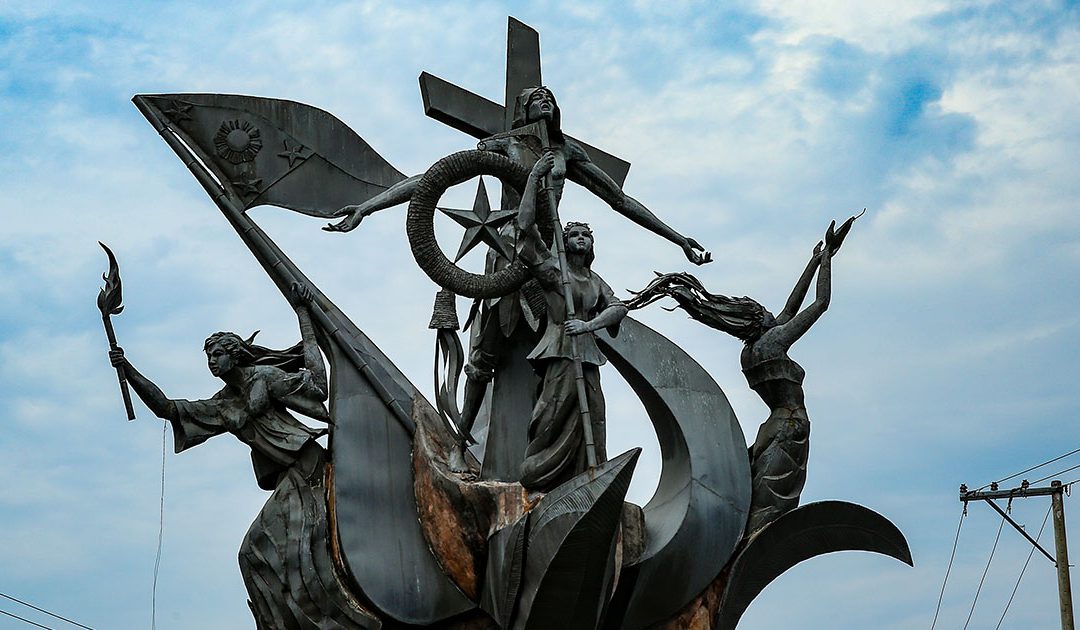A new city rises within the historic city of San Fernando
Located 67 kilometers away from Metro Manila and an hour long ride via NLEX is Pampanga—a town full of history, food, and precious experiences. It is a town full of magic, wherein whenever one visits, they’re sure to leave with a priceless smile and a heart full of memories.
A first-class, highly urbanized area, Pampanga is located in the Central Luzon region, bordered by the provinces of Bataan and Zambales to the west, Tarlac and Nueva Ecija to the north, and Bulacan to the southeast. Its name originated from the word pampang which means river bank. It became a province in 1571, which makes it the first Spanish province in the Philippines—and now, it has become the culinary capital of the country.
From being one of the eight provinces in the country to revolt against Spain, Pampanga has produced two Presidents, three chief justices, a senate president, the first Filipino cardinal, and other outstanding personalities in different fields.
But what everybody loves about Pampanga is its cuisine. Its two main industries is farming and fishing and its major products are rice, corn, sugar, and tilapia. The Kapampangans are well known for their culinary creations—from ordinary to exotic—such as pork and chicken tocinos, beef tapa, hot dogs, and longganizas. On the exotic side are the betute tugak (stuffed frog), kamaru(mole crickets), bulanglang (pork cooked in guava juice, bringhe (a green paella-like dish) and many more. Its sweetest delicacies are pastillas, turrones de casuy, and the famous cookie in Mexico, Pampanga, sanikulas.
While lavishing in its feast, there are many things you can explore while you’re in Pampanga. Its popular tourist destinations are the St. Peter Shrine in Apalit, Mt. Arayat National Park in San Juan Bano, Arayat, and the Paskuhan Village in San Fernando City. Every December, the province celebrates the Giant Lantern Festival and the annual hot air balloon festival in February.
With four congressional districts, 19 municipalities, three cities, and 538 barangays, the province has grown into a first-class city, filled with modern developments but never losing the touch of history. And soon, it will develop even more with Megaworld’s new landmark for Pampanga, Capital Town, which is set to stand right at the center of the San Fernando. It will highlight the rich cultural heritage of the province amidst the modern flair of a central business district.
Capital Town, which is strategically located near the Pampanga Provincial Capitol, will be home to residential and BPO office towers, civic and institutional facilities such as event venues, mall and retail hubs, and a shophouse district that highlights neoclassical and art deco architecture, reflective of Pampanga’s historic rows of heritage houses.
“With this upcoming investment of Megaworld in this city (San Fernando), we want to provide an avenue where you can master and showcase the rich culture and skills that are distinctive of the Kapampangans. We want to support your strong, innate entrepreneurial spirit by providing you with a venue to amplify craftsmanship, creativity, and passion,” says Eugene Em Lozano, first vice president for sales and marketing, Megaworld Pampanga.
Megaworld’s new investment, according to Lozano, “will generate around 250,000 direct and indirect jobs in the BPO, transport, retail, food and construction sectors, among others, all for the people of Pampanga.”
“With our township project aptly called ‘Capital Town,’ we envision the City of San Fernando to become North’s bustling central business district that will again aid in generating careers and multiple jobs, improving the livelihood to the people of Pampanga, and the neighboring towns as it was before,” he says.
The 35.6 hectare, 10-year development plan will integrate residential, office, commercial, retail, and institutional components. The main township road, to be called San Fernando Boulevard, will be 30-meters wide, or equivalent to six lanes, traversing from Capitol Boulevard all the way to Jose Abad Santos Avenue (Olongapo-Gapan Road).
Capital Town will also have a rainwater park, museum, sculptures, and tribute statues of different kapampangan iconic personalities such as General Maximino Hizon, who served as supreme commander of all Filipino forces in Pampanga who fought the Spaniards and Americans.
“We want to be able to weave this high historic value to the present and next generations of Kapampangans. Besides that, for that much-needed greenery and environmental escape, 25 percent of the entire township will have landscaped open spaces, pocket gardens, water features, fountains, small parks, including functional road networks and trails for leisure walks, jogging, or biking activities,” shares Lozano.
Among the highlights of the township is a mall that will have some design inspiration of the PASUDECO sugar central that used to stand in the same area where it will be built.
Significant artifacts of the old sugar central will be housed in a heritage museum, which will be integrated within the proposed mall development. Monuments of famous Pampanga personalities, particularly those who have established PASUDECO, will be erected in various parts of the township.
The six-hectare Shophouse district, the first development foray in the township, is a place where guests can have a historical tour. It will showcase the best of what Pampanga has to offer and highlight all the best of the province in a nutshell.
“Capital Town will provide a platform for the Kapampangans to showcase their artistry for the rest of the country and world to see. What we are building in Pampanga is a unique township concept that will truly bring out the best of the Kapampangan culture, tradition, and history. In 10 years, Pampanga will see a central business district that is not only a showcase of homegrown businesses and entrepreneurs, but also a center for local arts and culture,” Lozano concludes.
Source: http://lifestyle.mb.com.ph/2017/06/22/the-future-is-in-the-north/


Recent Comments